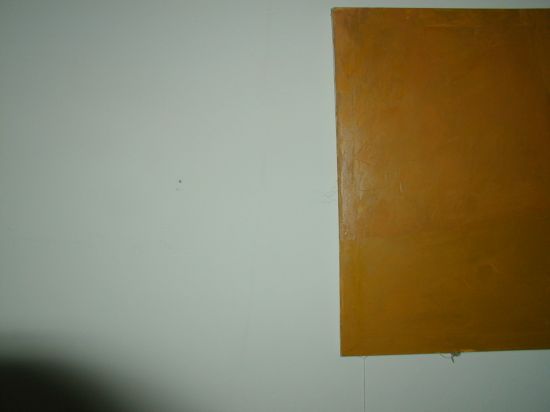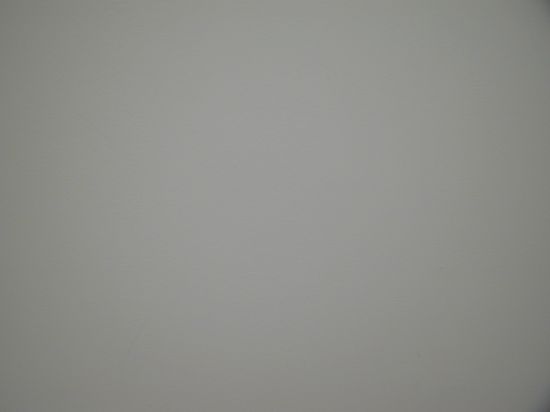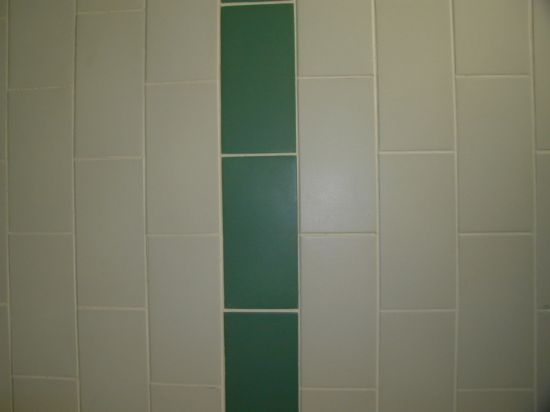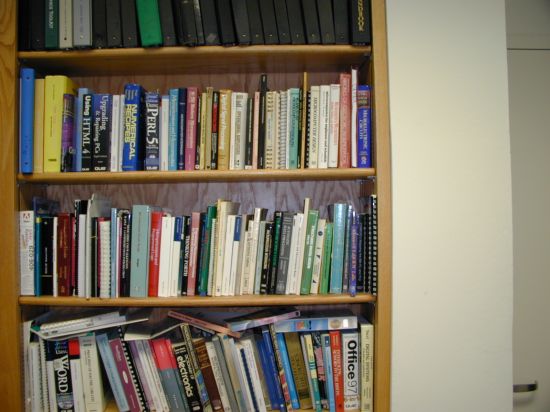Evaluation of the Raynox 41 -37 mm tube with Olympus C2020Z
Introduction
I recently purchased an Olympus C2020Z and wanted "lens armour" to protect the lens from scratches and mechanical damage. I was also worried about the way the lens slams into the lens cap if you forget to remove it. The very nice CliffShade site points toward the solution. If you have not visited this site, do so.
The first approach suggested on this site is:
- an Olympus CLA-1 conversion lens adapter
- a 43-49 mm step-up ring
- a 49 mm protective filter
- and an optional 49 mm lens cap ($3-5).
However, I have heard reports that this large step-up ring and filter this casts a shadow from the flash. Instead I tried the Raynox 41-37 mm tube, also mentioned on the CliffShade site, available from Bugeye Digital as part of bundle PNF202. This approach appealed to me because it uses the smaller 37 mm filter, decreasing the propensity to block the light from the flash.
The things to worry about with such tubes are
- vignetting (obscuring of the image edges by the tube extension), and
- casting a shadow from the internal flash.
The tests
The three images below were shot using the Raynox 41- 37mm tube with a 37mm metal-rimmed Bower multicoated UV filter.. All images are shot at the widest angle setting of the camera. (Clicking on any image will bring up the original.)
Test image 1. A plain white wall, no flash. The image seems to show standard fall-off in sensitivity with angle as is characteristic of all lenses projecting onto flat film or CCD. It is normal for a picture of a white wall to come out as grey. Cameras adjust exposure assuming 18% reflectance. It is normal for image brightness to decline near the edges proportional to the fourth power of the cosine of the angle.
Test image 2. A tiled wall with flash. If there were a shadow due to the tube, it would fall in the lower left corner. We see the normal fall off in brightness off-center, and a bit more because this slightly specular wall surface reflects flash to the camera most strongly in the middle of the image. Flash shadowing would appear as the lower left corner being darker than the lower right corner.
Test image 3. White wall with flash, darkened room.

Test image 4. Bookshelves, no flash.
Test image 5. Bookshelves with flash. Flash shadowing should occur in the lower left corner.
Test image 6. For comparison, here is a comparison image shot using the Olympus CLA-1 tube and a step-up ring 49 mm UV filter, courtesy of Stan Loh. The flash shadowing is dramatic:

Summary of results
I see no evidence of vignetting in these images.
I have trouble seeing flash shadow in any real world images, but it is clearly there in image 3, the photo of a white wall taken in a darkened room with flash. The corresponding photo taken with room lights on does not show such obvious shadowing.
The white wall test is a demanding test. Most of us do not notice the normal cosine^4 falloff associated with all flat-image photography, but it is quite dramatic in this test. The flash shadowing is exaggerated by the already-present cosine^4 falloff, and my be further exaggerated by the partially specular nature of the reflected light from the white wall.
I would like to see a similar dark room/flash/white wall test from someone using the CLA-1+step-up ring + UV filter. I expect that flash shadowing will be worse, because of the size of the filter. If you can provide such an image, please contact me.
Recommendations
Based on these tests, I recommend the Raynox tube over the Olympus CLA-1. There is no vignetting, no step-up ring is needed, it does not obscure the optical viewfinder as does the CLA-1 system, and it has a cleaner appearance. There is some flash shadowing, but it is not obvious in normal shooting. Flash shadowing with the CLA-1 and step up ring is much more severe.
Filters
Further note: your filter choice is important with this tube. Cheap plastic-mount filters (such as the one included in the Raynox bundles) have a radially thicker rims, blocking the perimeter of the opening. This causes vignetting. Be sure to get a thin metal-rimmed filter. The above images were shot with a metal-rimmed filter. The image below was shot with the plastic-rimmed Raynox filter bundled with the tube. Note the vignetting in the corners.
Also, you want to be sure to get a multicoated filter. Uncoated filters give reflections at the front and back surfaces. These degrade sharpness, and show up most noticeably when there is a small light source within the image. You will see one or more ghost images from multiply reflected light off the front and back surfaces. A multicoated filter eliminates this problem.
Not all multicoated filters are equal. Some have multicoating on only the back surface. This has the advantage of not placing a delicate coating on the outside surface where it is subject to abuse. When used alone, the only disadvantage is the loss of a few per cent of the incoming light, which is not noticeable. However, if you add more filters in front that are not fully multicoated, this uncoated surface will introduce unwanted reflections.
The images earlier in the article were shot with the Bower multicoated filter from Beach Camera. These filters seem to be of good optical quality, they have aluminum rims, and cost around $39 from Beach Camera. I believe these have a coating on only one surface.
C2020Z user Chris Pallas makes a good case for the B+W filters available at B&H Photo. He reports that the brass-rimmed B+W filters from B&H are of better quality, more scratch resistant, and are slightly less expensive. He has conducted similar vignetting and shadowing tests on the B+W filters and has seen results similar to what are shown here: no vignetting, some flash shadowing visible on low-light shots of a white wall.
Finally if you plan on stacking multiple filters, vignetting may be more of a problem even with metal-rimmed filters. That, and the limited selection of 37mm filters, may be a reason to consider a step-up ring when using more than just the protective UV filter with the Raynox tube.
- Rick Matthews' home page
- Rick's miscellaneous tips and info
- Department of Physics
- Wake Forest University
[an error occurred while processing this directive] [an error occurred while processing this directive]




